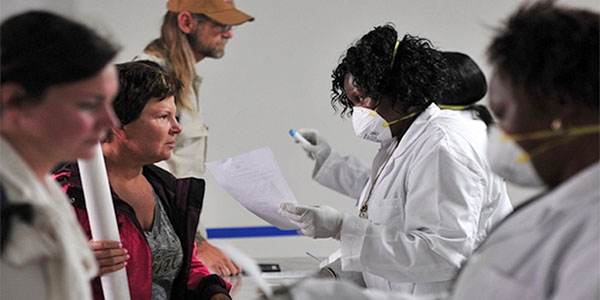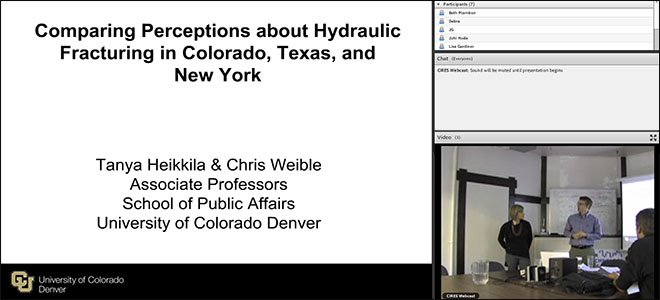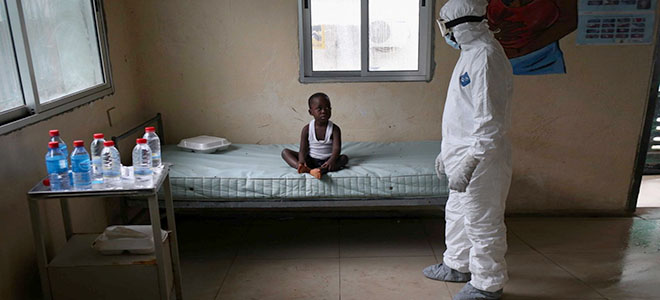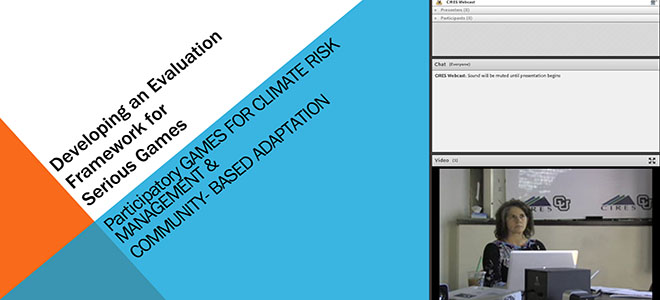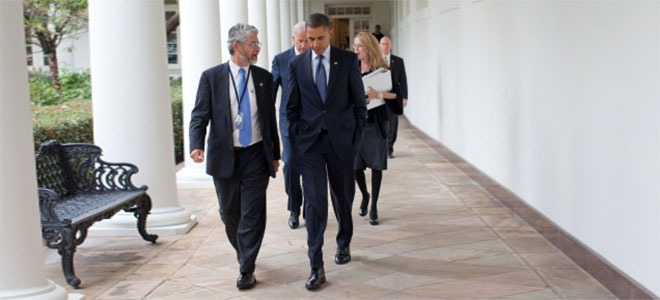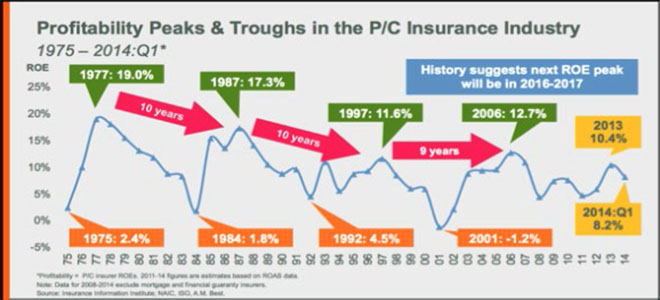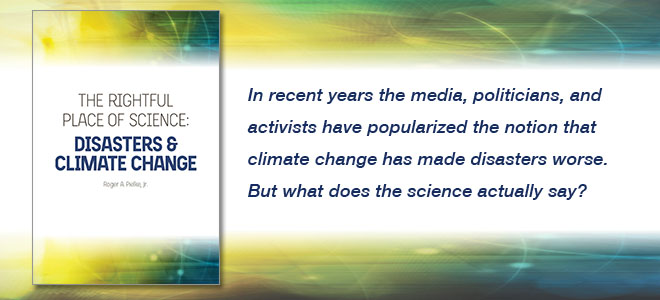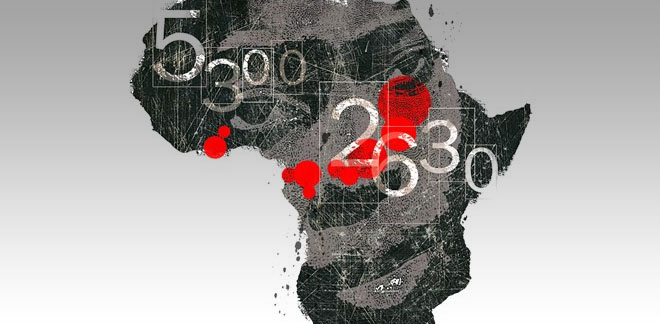Would You Lie to Airport Screeners?
The terrible, “lesser evil” choice facing travelers asked about Ebola
Slate Magazine, October 14, 2014
by Benjamin Hale
After the Dallas Ebola patient Thomas Eric Duncan died last week, public comments ranged from expressions of sadness and condolences to his family to vitriolic condemnations of his behavior for lying to airport screeners. It may be helpful to revisit the rationale that likely brought him here, especially in light of the Centers for Disease Control and Prevention’s new airport screening procedures, as well as Liberia’s and Texas’ earlier proposals to prosecute Duncan for evading airport checkpoints. Thinking carefully about his mindset can help us understand how better to address this outbreak and keep it from spreading further.
Ebola is a disease that is terrifying for many reasons, not the least of which is that it kills gruesomely and is easily transmitted. It is also terrifying in part because it preys on caregivers and loved ones, parasitizing the humanity of those who care for and come into close contact with the ill. Duncan himself was a firsthand witness to the horrors of this disease. He briefly assisted his neighbor, a 19-year-old Ebola-infected pregnant woman, as she climbed into a taxi.
It is hard to blame someone for such a brief and noble encounter. Here is a sick young woman who needs help getting to a hospital, but who is too weak to climb into a cab on her own. There he is, standing nearby. Who would not help? Who would recoil and refuse to assist an ailing friend?
And besides, it was just a brief encounter. The opening of a door. The holding of an arm. The making comfortable.
There was little reason for Duncan to suspect, from this one minor interaction, that he would become ill. It is unfathomable, but true, that a single, fleeting touch is enough to pass the disease from one person to another. Duncan probably found this fact similarly unfathomable. He may not have known for certain that his neighbor was infected with Ebola rather than some other illness. He knew that she was sick, that much is clear. He apparently did not believe himself to be infected with Ebola, and certainly did not want to bring the disease to the United States. Indeed, before his passing, Duncan expressed remorse for having brought the disease to the “love of my life.” It is most certainly not true that Duncan brought Ebola here maliciously or intentionally.
Nevertheless, some have suggested that Duncan ought to be prosecuted for lying to airport screeners about this brief contact with his sick neighbor. The logic is that lying in these circumstances puts other lives at risk, and also that lying is wrong. In most circumstances, we punish wrongdoers partly for justice reasons, but also partly for deterrence reasons: It would be very bad for the world if individual travelers could get away with lying to airport screeners. The screeners are in place to contain the outbreak, and if they do not have good information, containment grows that much harder.
This much is true. You should not lie to airport screeners.
But what is not true is that this is always such an easy decision. It is also not true that Duncan is guilty of putting more lives at risk because of this decision.
The fact is, Duncan probably put fewer lives at risk by coming to the United States, and he certainly stood a greater chance of surviving this terrible disease by coming to a Western medical hospital. If he had stayed in Liberia, there is very high likelihood that he would’ve transmitted Ebola to more people than he did. Read more …


